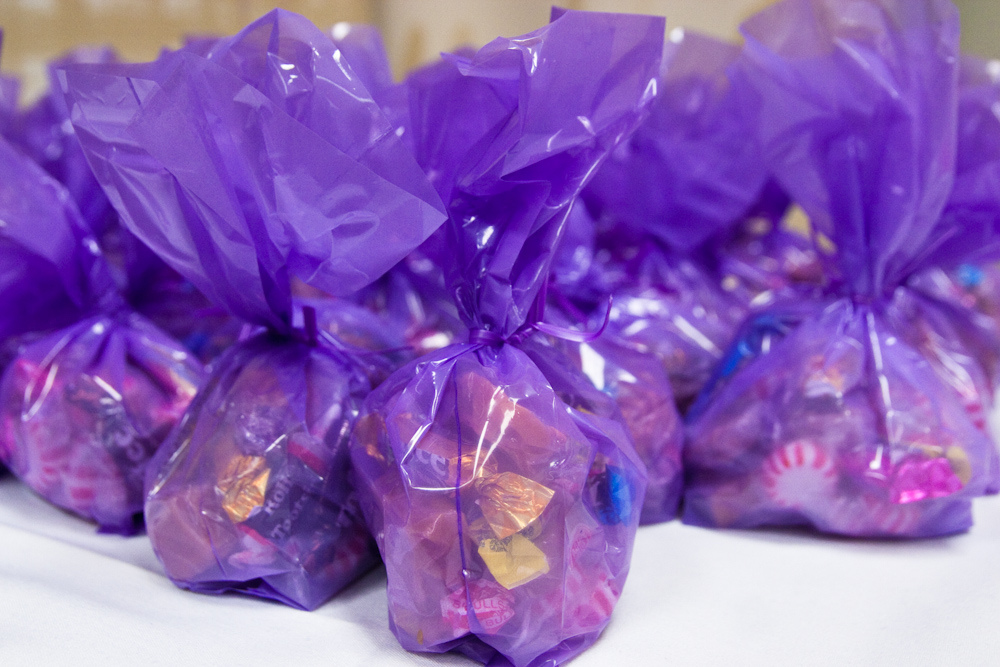This is one in a series of blog posts from the MJ Bear Fellows, three journalists under 30 selected each year who are expanding the boundaries of digital news. Applications for the 2016 MJ Bear Fellowship are now open – you can learn more here.
Here is my Comprehensive Theory of Audience Engagement Projects: If you want someone to thoughtfully participate, contribute or weigh in on a subject, you must tell them what they will get from the exchange. Then, to get them to engage again, you must actually deliver on that promise.
Perhaps this sounds obvious. Or perhaps this sounds mercenary –- journalists, after all, are providing content necessary to the functioning of all global democracies. It’s news! Community! Why wouldn’t people want to take part?
In my experience, the more abstract the deliverable, the less likely we have been to get a meaningful response.
The reason isn’t complicated or even really all that sad for humanity: Audiences are not lazy or terrible and they are not anti-journalism. What they actually are is so busy and overloaded and overwhelmed by the sheer volume of calls to action we throw their way (Click on this! Read this! Comment below! Call in! What do you mean you’re not caught up on ‘Game of Thrones?’”) that they will ignore yours. Then, the Facebook algorithm will also ignore yours. Then, you.
Talk about mercenary.
After working on and observing engagement strategies in newsrooms at many different kinds of publications, I think the challenge is, fundamentally, about making people feel like you respect their time and value the exchange as much as they do. Yes, our audiences respond to such intangibles like “delight” or “being more up to date” or “casting an informed vote” or “savoring the satisfaction of being right.” But only 14 percent of news consumers have commented on a news story. In my experience, the more abstract the deliverable, the less likely we have been to get a meaningful response. But as we saw with our Bored and Brilliant and Infomagical projects, the more concrete the deliverable – “download this app to determine you how much time you are spending on your phone, take these five challenges to see if they help, and then report back because we will give your input to people who are building the technology you use” – the more people are willing to play along.
You have to make the case, and you have to give your audience something to take home at the end of the party. This is not fail-safe, but the formula is the best way I have come up with to brainstorm.
Here are some potentially compelling ways to frame your project to your audience:
“This will teach you more about yourself.”
Can you give someone more information about how they fit into a larger story or a phenomenon? A real-world horoscope? A calculator? An insight into the way they have been living their life that will help them help themselves?
Good examples: The Economic Risk Calculator featured in the New York Times, KQED’s “Share Your Bill” to make health costs more transparent.
“This will spark change you feel strongly about.”
No, you don’t necessarily have to take a stand. But you can put the voices you’ve already collected front and center, thus inspiring people to continue weighing in, banding together and holding a public, well-moderated conversation. This can also be phrased as “this is for research,” but with the caveat that noble-minded citizen scientists also will need to be sold on the fact that the research matters.
Good examples: The Guardian’s “The Counted,” ProPublica’s “Agent Orange”
“This will put your name somewhere fun!”
Everyone’s mother loves to see their kids’ names. Here is the caveat: the payoff is not huge, and thus the barrier to entry needs to be low. Not everyone wants their voice on the radio. Those who do tend to be regular commenters – a valuable, but incomplete part of your audience.
Good examples: The Skimm’bassador’s birthday call-outs on the bottom of every newsletter.
“This will answer your burning question.”
If you let the audience decide what to cover, they will be invested in the outcome.
Good examples: Hearken’s partners, Marketplace’s “I’ve Always Wondered” series.
“This will take your personal story and deepen it”
For personal stories, your best bet is to figure out why such stories have emotional resonance, and hit that note from the beginning. Otherwise, audience members don’t think you can relate – and they likely won’t trust you. If the stories you’re looking for don’t have emotional resonance … well, people probably won’t take the time to share or tune back in when you publish.
Good examples: Death, Sex and Money’s “Cheating Happens,” Laura Olin/The Awl’s Everything Changes “What Helps?” survey and follow up.

